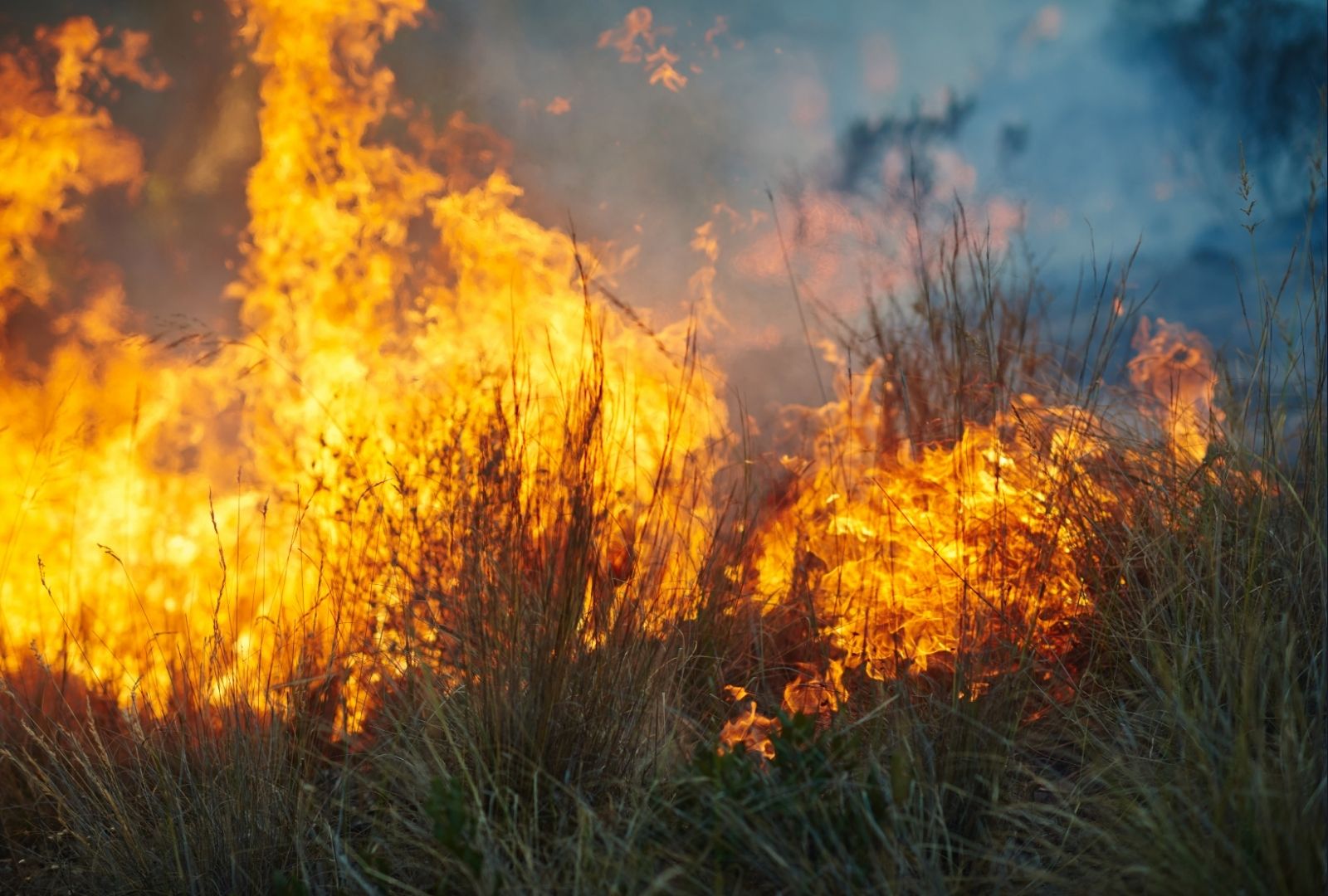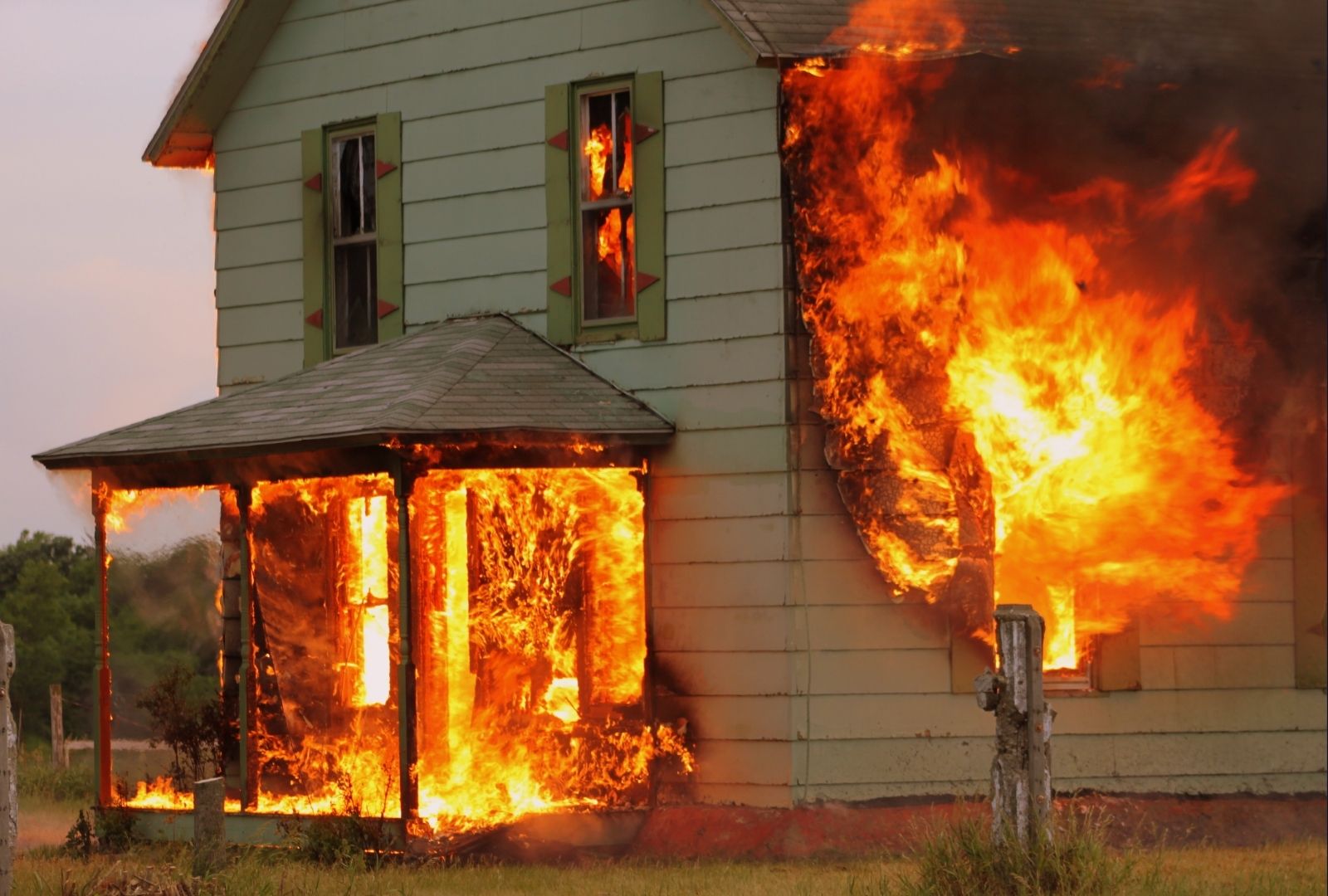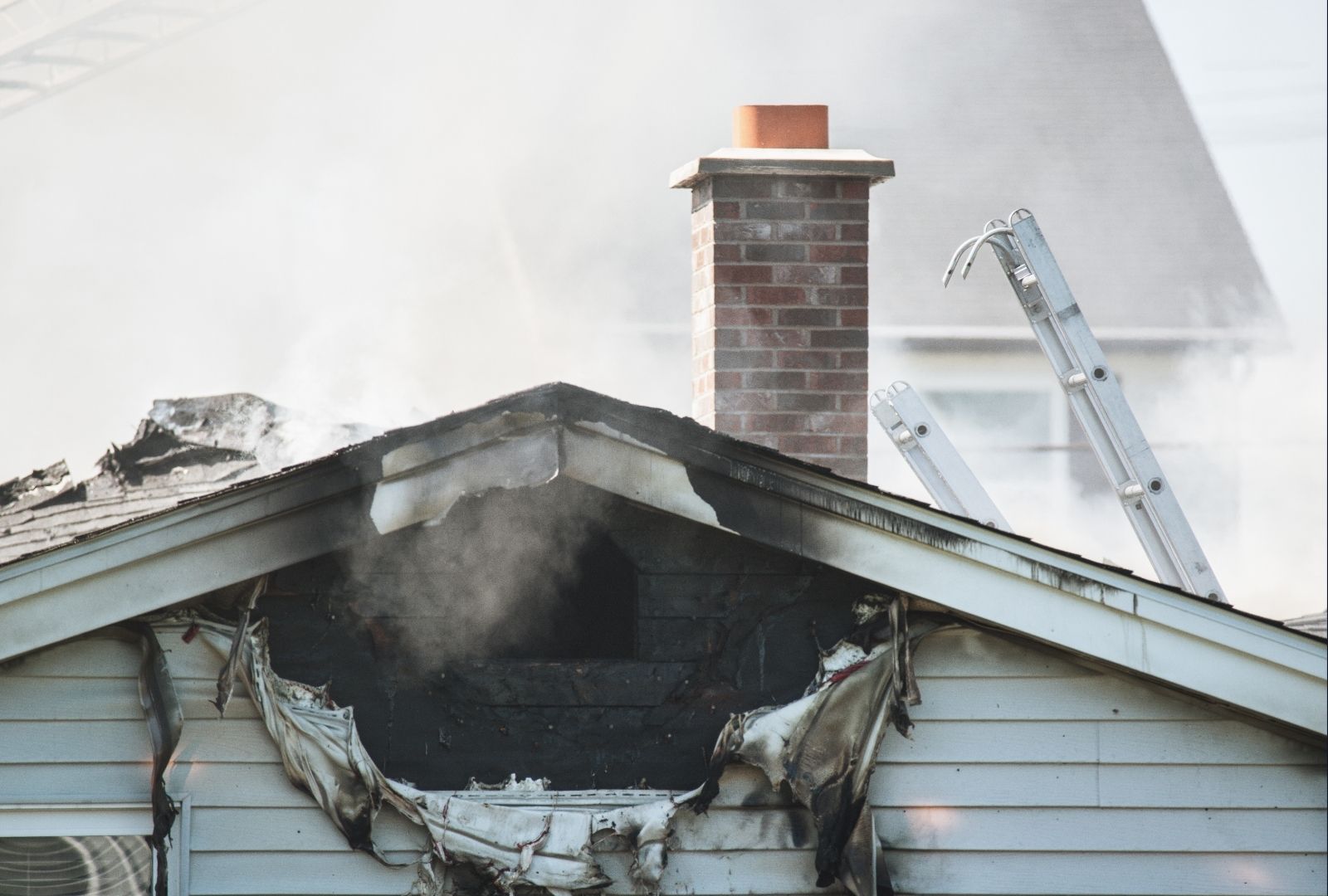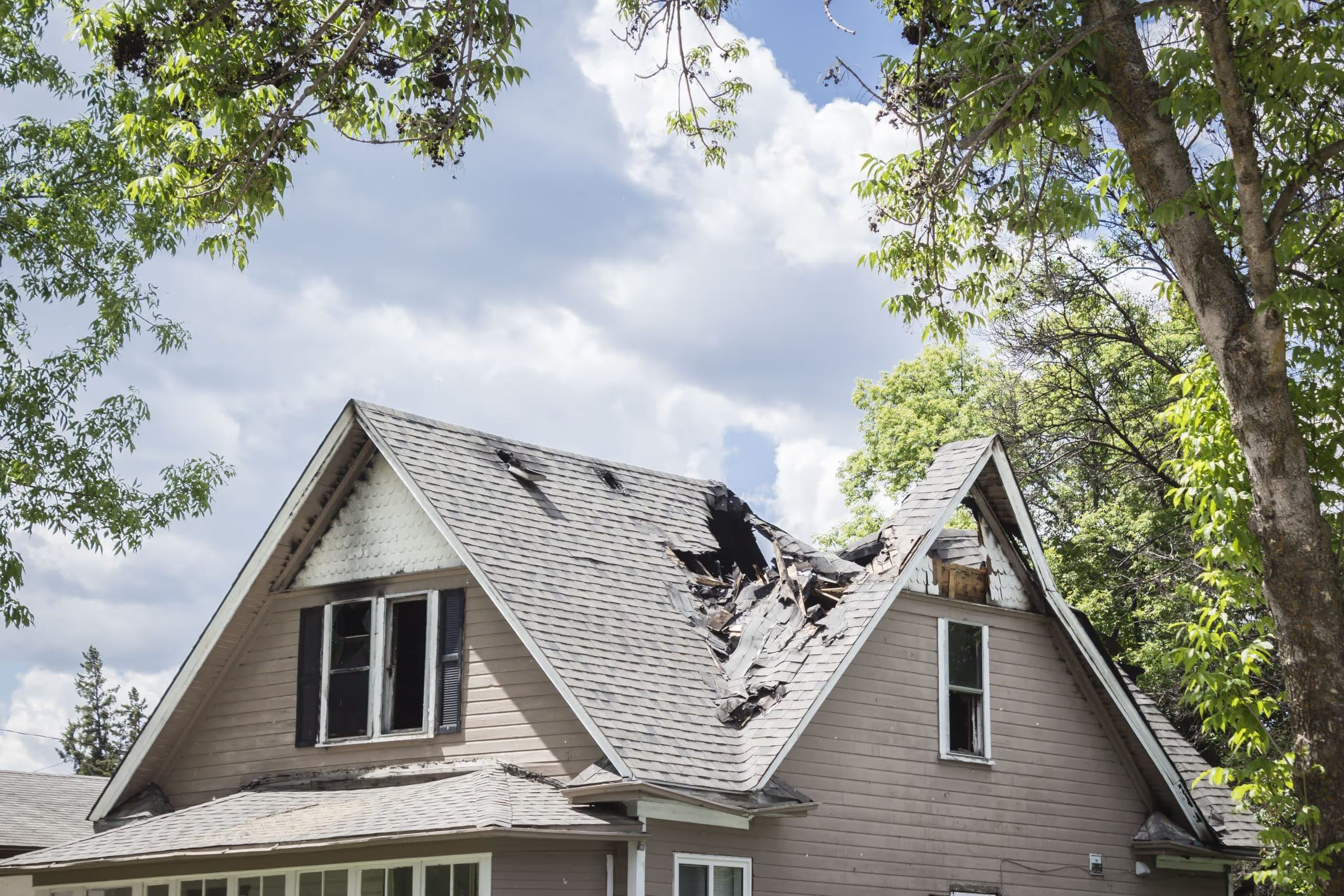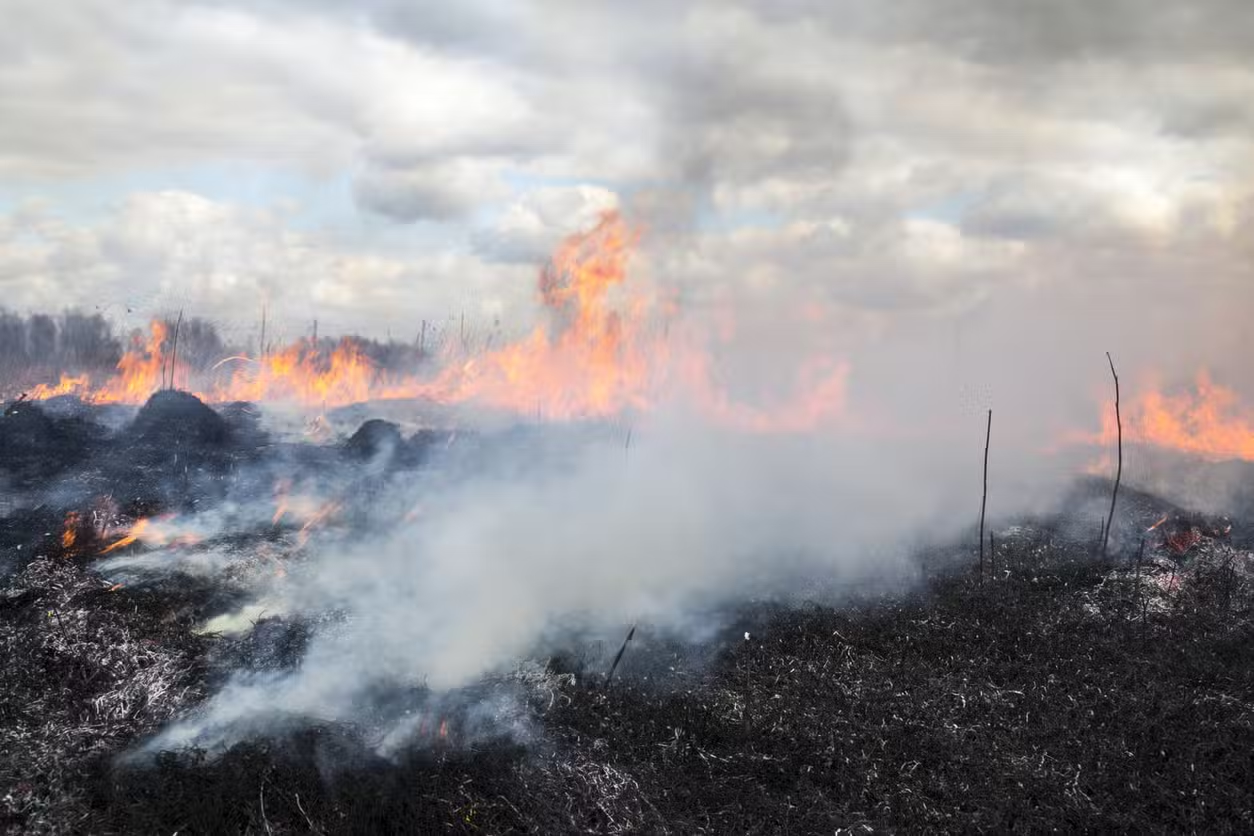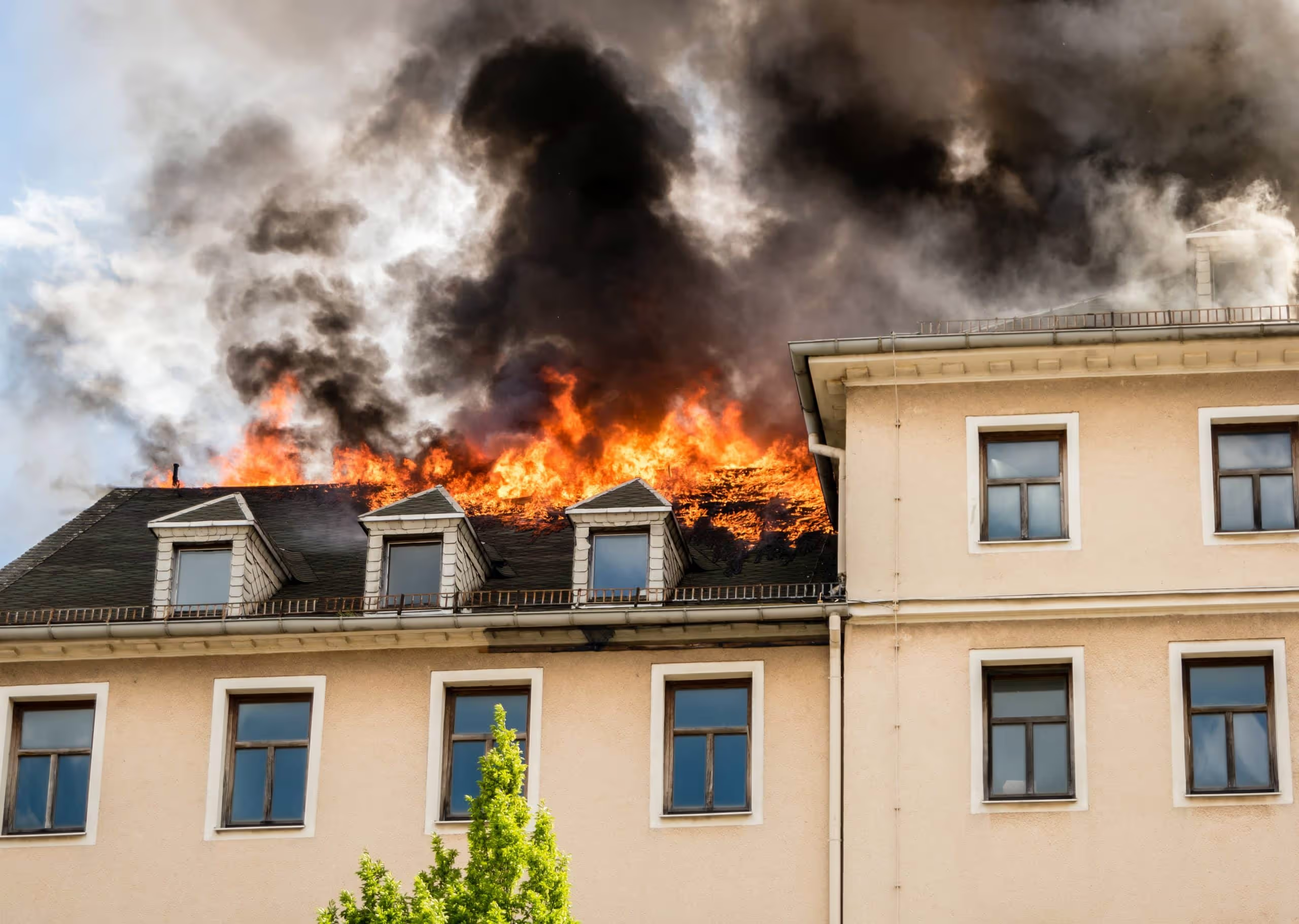Not all fire damage is the same. Depending on the source, intensity, and materials affected, the impact can vary dramatically. Restoration experts use specific tactics tailored to each type of damage to ensure safety, remove hazards, and restore property value.
Understanding these distinctions can help you communicate effectively with contractors and insurance adjusters—and may influence your claim outcome. If damage is extensive or disputed, consult a fire damage attorney to help secure full compensation.
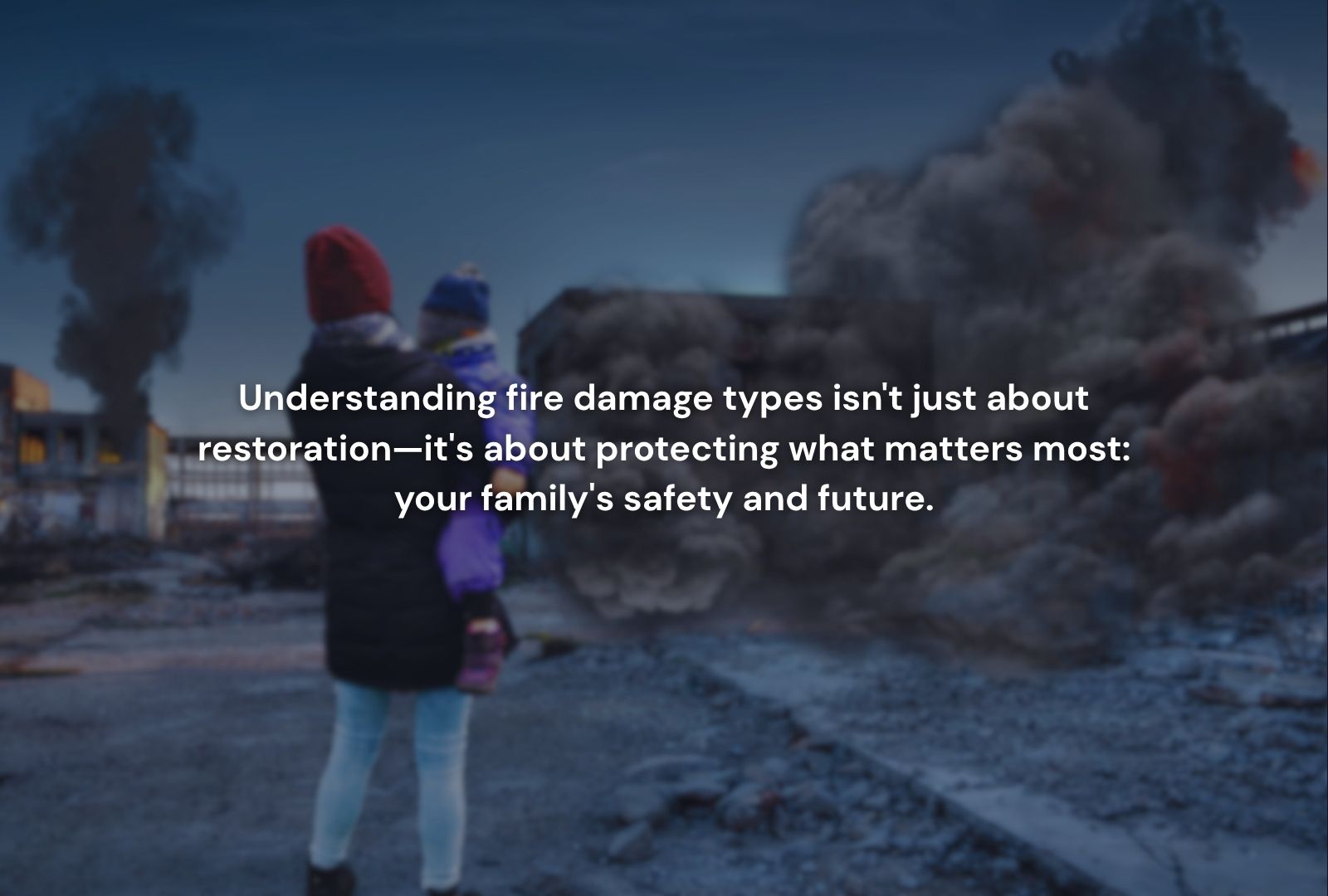
Structural Damage
When flames reach load-bearing walls, ceilings, or foundations, structural damage occurs. This is the most serious category and often requires engineering evaluations.
Restoration Tactics:
- Conduct structural integrity assessments
- Demolish unsafe sections
- Rebuild framing, roofing, and wall systems to code
Building permits and licensed contractors are essential at this stage to ensure compliance and safety.
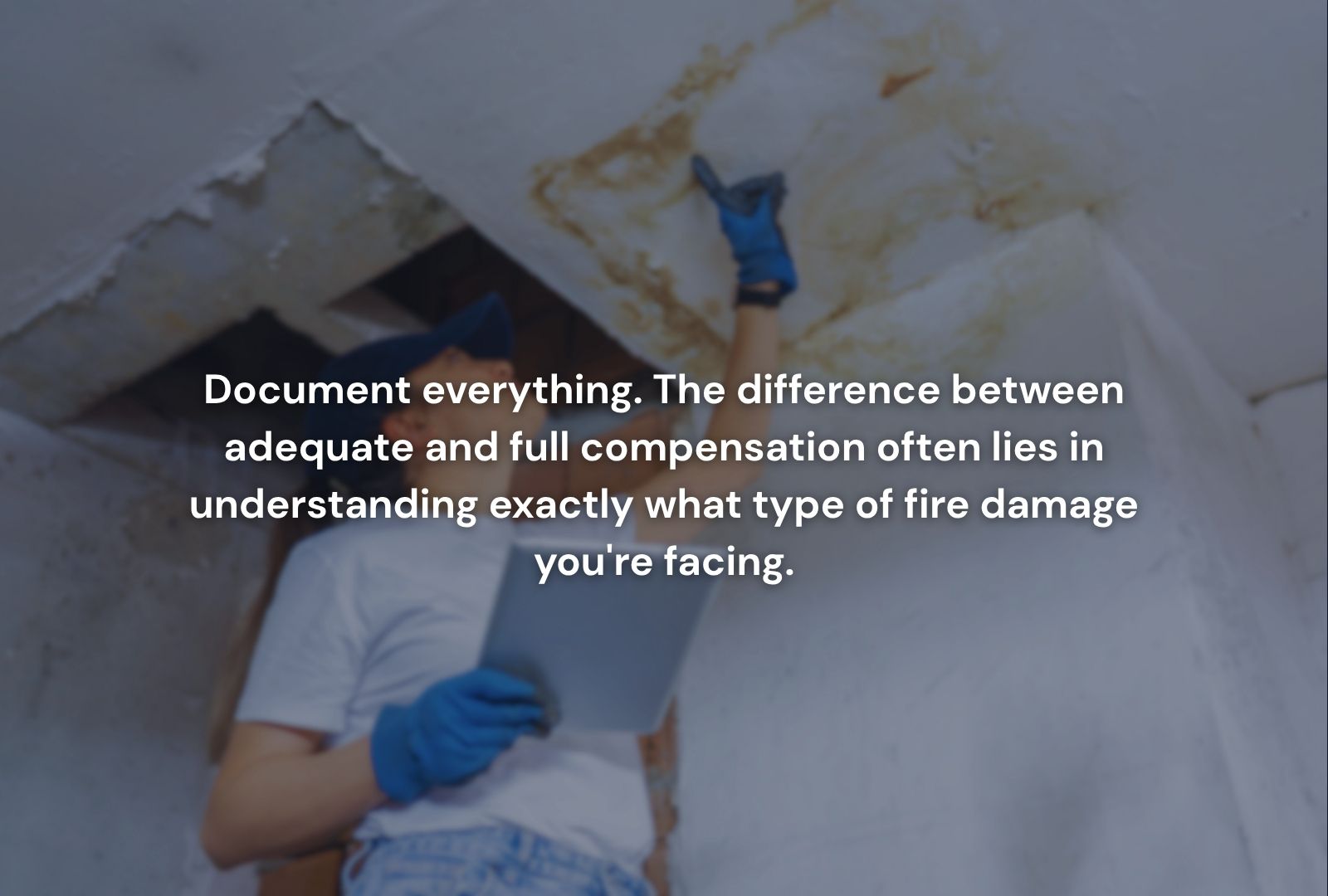
Smoke and Soot Damage
Smoke particles can travel far beyond the fire's origin, coating surfaces with acidic soot that stains walls, corrodes electronics, and infiltrates ductwork.
Restoration Tactics:
- HEPA vacuuming and chemical sponges to lift soot
- Duct cleaning and HVAC deodorization
- Thermal fogging and ozone treatments for lingering odors
This type of damage often requires extensive cleaning and professional air purification.
Electrical Fire Damage
Electrical fires often start behind walls or near appliances. While flames may be localized, the damage to wiring and circuitry can be widespread and hidden.
Restoration Tactics:
- Shut off power to affected areas immediately
- Inspect entire electrical system
- Replace damaged wires, outlets, and circuit panels
Always use licensed electricians to evaluate post-fire safety and prevent future hazards.
Water Damage from Fire Suppression
Ironically, extinguishing a fire can cause secondary damage. Water from hoses or sprinkler systems soaks flooring, walls, and personal property.
Restoration Tactics:
- Extract standing water with pumps and vacuums
- Use dehumidifiers and air movers to dry structures
- Apply antimicrobial treatments to prevent mold
Fast response is critical to minimize long-term water damage.
Kitchen Fire Damage
Cooking fires—especially grease fires—are one of the leading causes of residential damage. The mix of heat, smoke, and oil residues complicates cleanup.
Restoration Tactics:
- Remove contaminated surfaces and appliances
- Use degreasers to clean walls and ceilings
- Deodorize porous materials like cabinets and curtains
Kitchen fires may appear contained but can create hidden damage in adjacent rooms.
Wildfire Damage
Fires from outside the home—especially wildfires—often bring heat, smoke, and embers that damage exteriors and affect air quality inside.
Restoration Tactics:
- Pressure wash exterior walls and roofing
- Replace damaged siding, insulation, or vents
- Install air purifiers and replace HVAC filters
Insurance coverage for wildfire damage varies, so check your policy carefully.
Chemical Fire Damage
When cleaning products, solvents, or industrial chemicals catch fire, they can release hazardous byproducts and toxic residues.
Restoration Tactics:
- Wear PPE for all cleanup
- Dispose of materials following hazardous waste guidelines
- Conduct air and surface testing before re-occupancy
Professional remediation is necessary due to the health risks posed by lingering toxins.
Why Understanding the Type of Fire Damage Matters
Each type of damage affects your timeline, budget, and insurance claim differently. Restoration plans must be customized to address unique hazards, comply with safety regulations, and meet policy requirements.

Learn More About Full-Scope Fire Recovery
If you’re managing the aftermath of a fire, it helps to explore connected topics that inform next steps:
- Fire damage restoration: A step-by-step look at the full recovery process from damage assessment to rebuild
- Fire damage insurance claims: Understand what documentation and procedures lead to higher settlements
- Emergency fire assistance: Access short-term relief while planning your long-term restoration strategy
These resources ensure you're equipped to navigate recovery with confidence.
Conclusion
Recognizing the seven types of fire damage helps you plan smarter, restore faster, and negotiate more effectively. Whether you’re dealing with smoke infiltration, structural instability, or chemical residue, targeted tactics and the right support team make all the difference in your restoration outcome.




